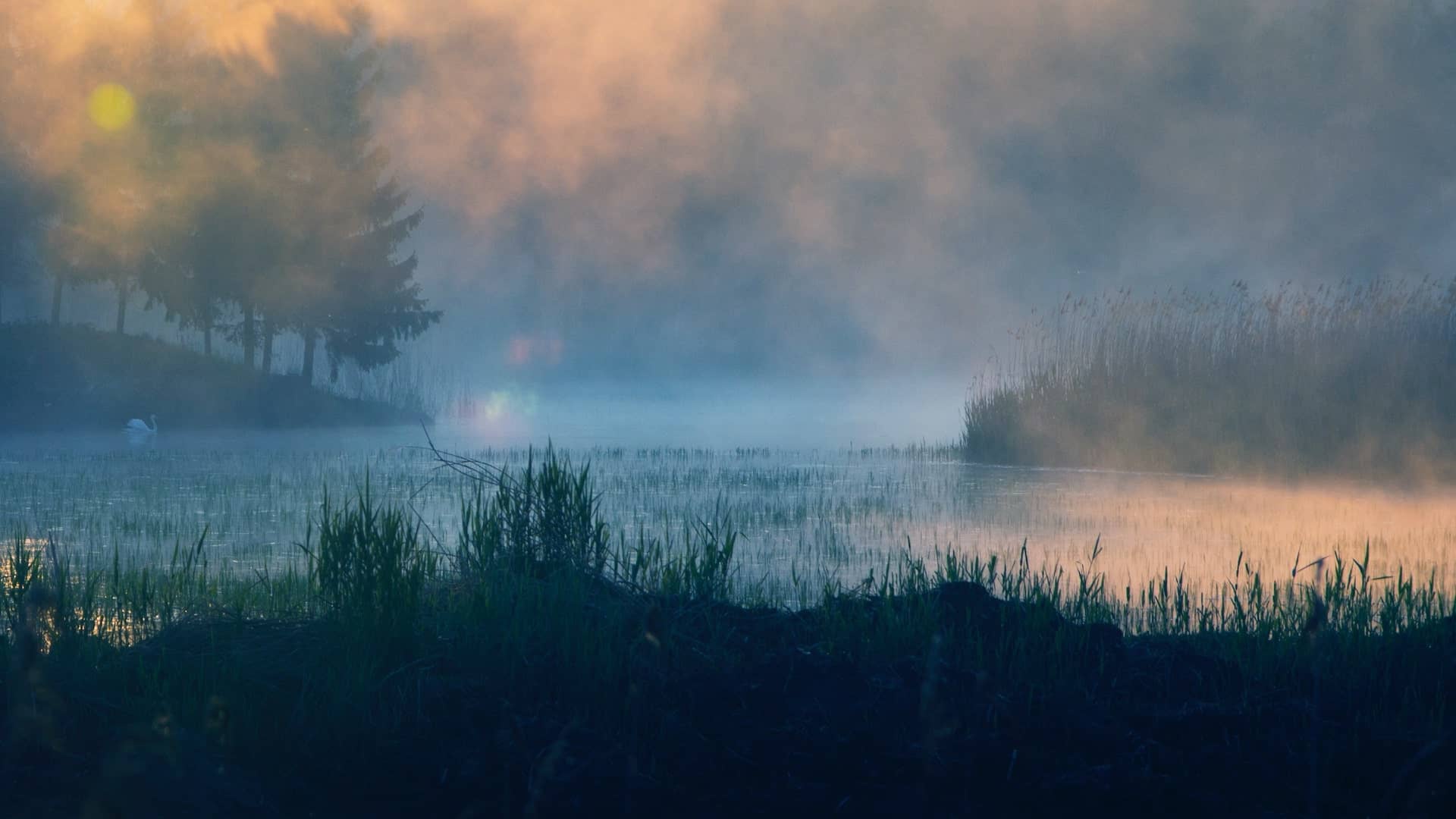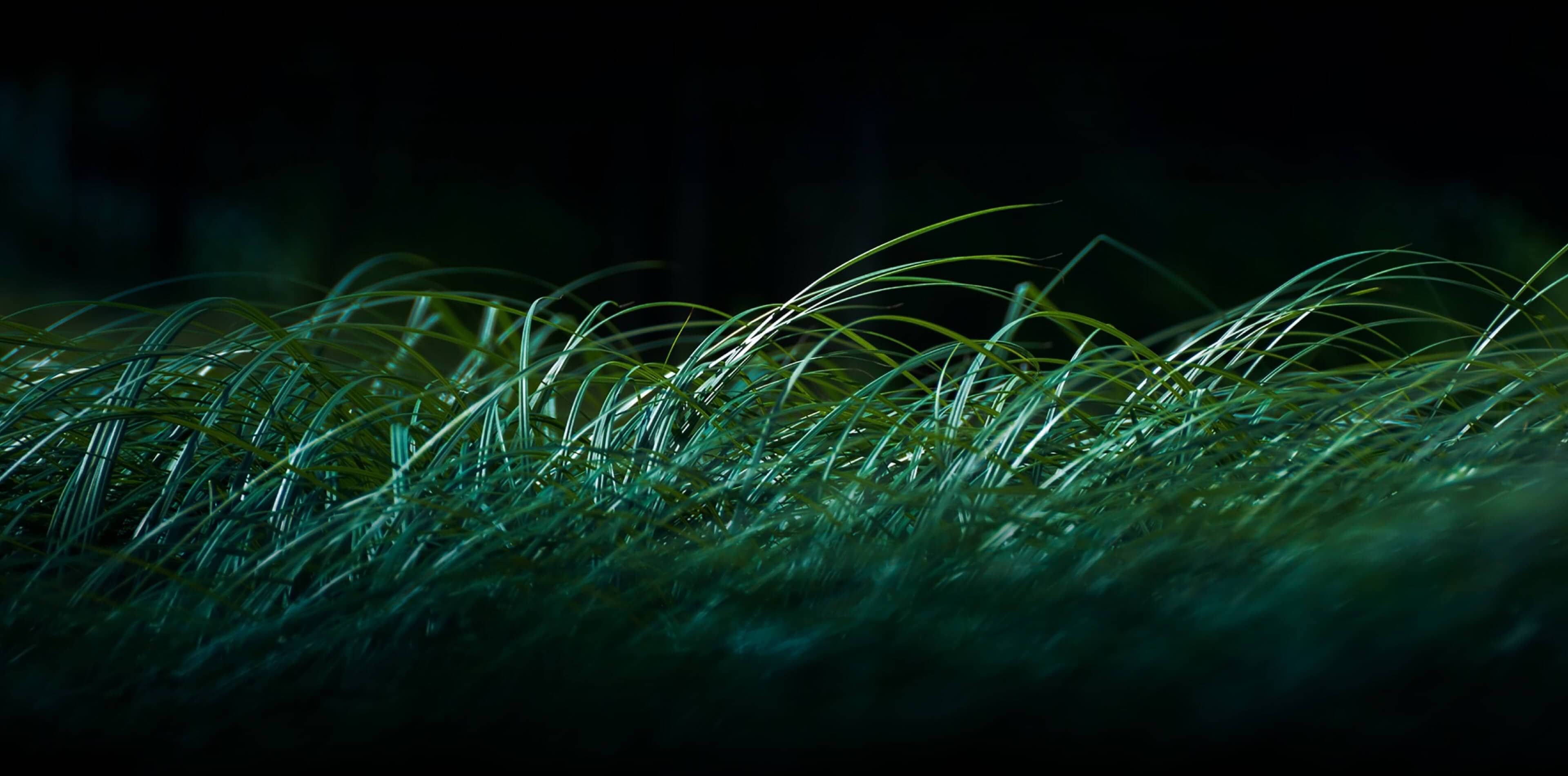



Watch
the birds
January
Pairs of white-tailed eagles make courtship flights, during which, by calling each other, they claw and tumble together. Otter traces can be seen on the snowy shores of the water, and otters themselves can be spotted at the ice holes on frozen rivers and ponds.

February
The first snowdrops and spring snowflakes bloom in deciduous forests and old parks. Immediately after their arrival from wintering grounds, the cranes and greylag goose occupy their breeding territories. Beavers begin spring repairs around their burrows and lodges above the freezing waters.

March
Moor frogs start their mating season, during which males turn blue. Male bitterns occupy breeding territories, which they announce with a loud hum. The first bats wake up from hibernation: common noctules, which at that time also fly in daylight. The forests resound with the mating drumming of woodpeckers. In the oak-hornbeam forests, the forest floor is covered with flowery carpets of lesser celandine, wood anemones, yellow anemones and yellow star-of-Bethlehem.
April
Greylag chicks hatch from the eggs and leave the nests under the care of their parents. The mating of great crested grebes begin at the ponds. Birds "dance" together on the water and pass pieces of water plants from beak to beak.

May
The first chicks appear in the colonies of gulls and terns, and in stork nests. Great bird concerts can be heard at dawn in parks, forests and woody areas. In the meadows, in the evenings and at night, you can hear the monotonous screeching of corncrakes. In alder forests, featherfoil and yellow iris blooms, and in the meadows the broad-leaved marsh orchid.

June
A swarm of a protected great Capricorn beetle begins among the oaks. At the ponds and rivers you can hear the singing of the common rosefinch – one of the latest arriving birds. The period of activity of the adult forms of the emperor dragonfly, the greatest dragonfly, begins. In the meadows, the protected fern adder's-tongue produces its characteristic sporangia spike. The ponds are covered with pink flowers of Persicaria amphibia.
July
Grebes lead their chicks, often carrying them on their backs. In the fields and drained ponds, they gather after the brood of lapwings. The rare and protected Nymphoides peltata blooms in yellow. The period of the greatest activity of the very rare hermit beetle begins. Then you can smell a characteristic plum scent nearby.
August
After flowering, the calla produces its characteristic red fruit. The period of sporulation of the floating water fern begins. Pink heather flowers appear in pine forests. In shallow water ponds flocks of charadriiformes stop for feeding, including plovers, dunlins, common sandpipers and many other species.

September
In shallower places, on the ponds, black storks gather before departure. In the evenings, flocks of cranes flock to the vast reed beds. Red deer rutting begins in the forests.

October
From the end of September through October and November, carp are being caught in the Barycz Valley, during which the bottom of the ponds becomes an excellent canteen for many species of birds. Hundreds of white herons gather when the water is drained from the ponds in the shallows. The smallest and the rarest of the swans – tundra swans – stop at the ponds during their passages.

November
On the ponds' roosting grounds and field feeding grounds, thousands of flocks of migratory geese gather. Due to the ongoing catches, flocks of young and old white-tailed eagles gather in the drained ponds, numbering up to 100 individuals.
December
In the unfrozen waters, there are herds of common goldeneyes and mergansers, among which you can spot the smew – newcomers from the far north.
see you
in the Barycz Valley
